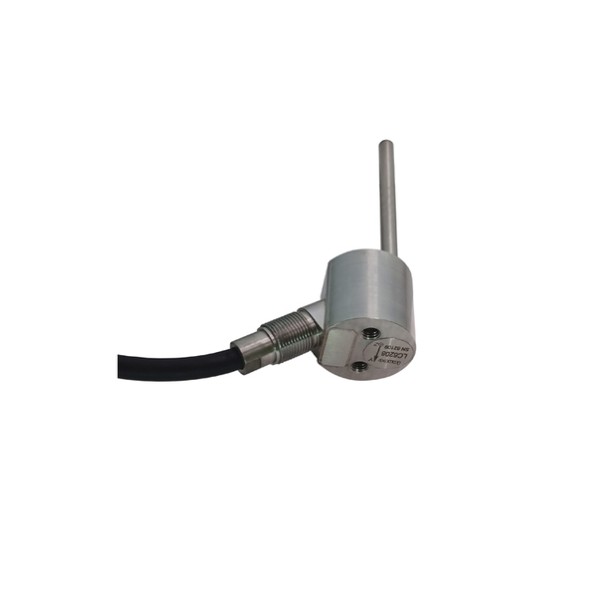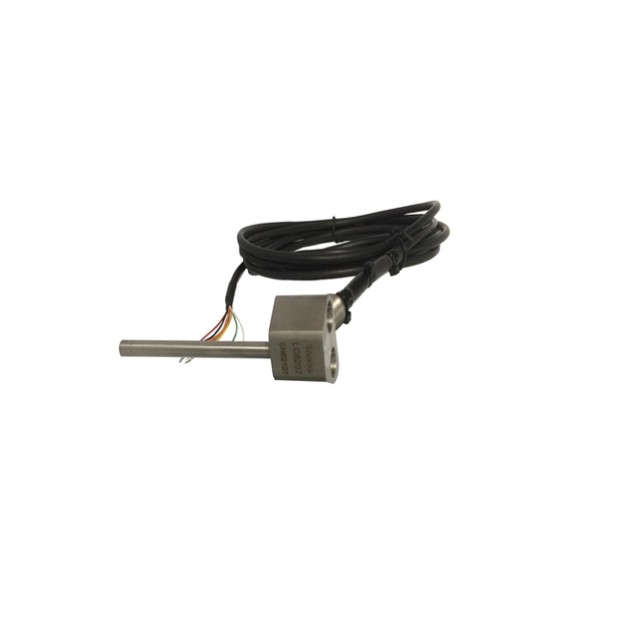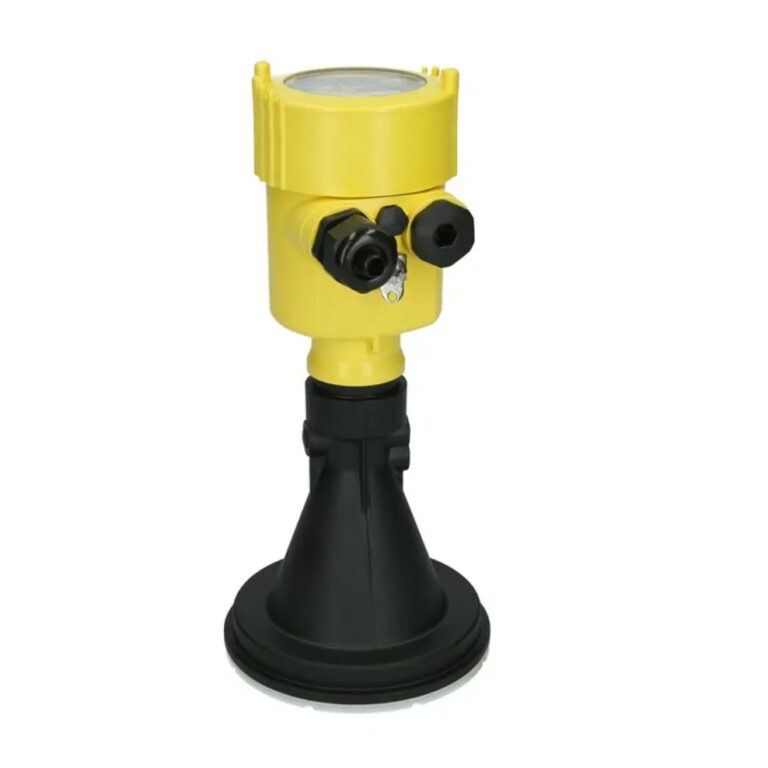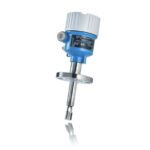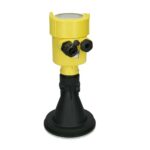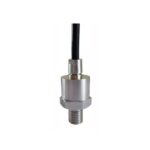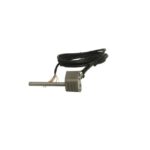In the realm of industrial equipment health monitoring, real-time and precise acquisition of operational parameters is critical to ensuring production safety and enabling predictive maintenance. Traditional solutions often require multiple sensors to measure vibration and temperature separately. The LC6201 Vibration Sensor, however, breaks through these limitations with its dual-axis vibration sensing and dual-channel temperature measurement capabilities, emerging as an integrated, high-efficiency solution for industrial condition monitoring.
I. Core Features: Dual-Parameter Fusion for Precise Diagnostics
- Dual-Axis Vibration Sensing: Multi-Dimensional Fault Detection
Equipped with a high-sensitivity MEMS accelerometer, the LC6201 supports X/Y-axis vibration measurement, accurately capturing amplitude, frequency, and directional characteristics. This enables the detection of mechanical looseness, bearing wear, rotor imbalance, and other faults. Compared to single-axis sensors, its multi-dimensional data fusion capability significantly improves diagnostic accuracy for complex vibration patterns. - Dual-Channel Temperature Monitoring: Thermal-Vibration Correlation Analysis
The sensor integrates two independent temperature measurement channels (-40°C to +125°C, ±0.5°C accuracy), allowing simultaneous monitoring of critical components (e.g., motor windings, bearing housings) and ambient temperature. By analyzing the spatiotemporal correlation between vibration and temperature, it provides early warnings for failures caused by overheating, such as lubrication degradation or material fatigue. For instance, abnormal high-frequency vibrations coupled with bearing temperature spikes often indicate impending faults. - Synchronized Data Output: Enhanced Decision-Making Efficiency
The LC6201 delivers real-time vibration acceleration (±16g range) and dual-temperature data via digital interfaces (I²C/SPI) at sampling rates up to 5kHz. This time-aligned multi-parameter streaming ensures comprehensive recording of transient impacts and gradual thermal changes, empowering edge computing devices and AI algorithms to rapidly pinpoint failure root causes.
II. Advantages in Industrial Applications
- Simplified Deployment, Reduced Costs
Replacing traditional setups that require separate vibration and temperature sensors, the LC6201’s compact design (15×15×5mm typical) enables single-point installation. This minimizes wiring complexity and maintenance blind spots, ideal for space-constrained applications like motors, pumps, and gearboxes. - Robust Design for Harsh Environments
Built with an IP67-rated enclosure, the sensor resists oil, dust, and moisture. Its embedded EMC filtering ensures reliable performance in high-electromagnetic-interference environments, such as near variable-frequency drives or heavy-duty motors. - Seamless Integration with Smart Systems
Supporting industrial protocols (e.g., Modbus RTU, IO-Link), the LC6201 seamlessly interfaces with PLCs, SCADA systems, and IoT platforms. Combined with cloud analytics, users can customize vibration-temperature threshold alerts or train machine learning models for automated fault classification.
III. Key Application Scenarios
- Rotating Machinery Health Monitoring: Track vibration spectra of fan blades and spindle temperatures to prevent resonance-induced structural failures.
- Predictive Maintenance for Electrical Assets: Correlate transformer winding temperatures with core vibrations to assess insulation aging risks.
- Process Industry Pump/Valve Management: Diagnose internal leakage or cavitation by analyzing valve vibration energy and seal temperature trends.
IV. Conclusion: Redefining Industrial Sensing Boundaries
By merging multi-physical parameter sensing, the LC6201 transforms discrete vibration and temperature signals into a unified “health fingerprint” for industrial equipment. In the era of smart manufacturing and digital transformation, such highly integrated, intelligent sensors will serve as foundational components for building industrial digital twins, accelerating the shift from reactive repairs to proactive, data-driven maintenance strategies.

